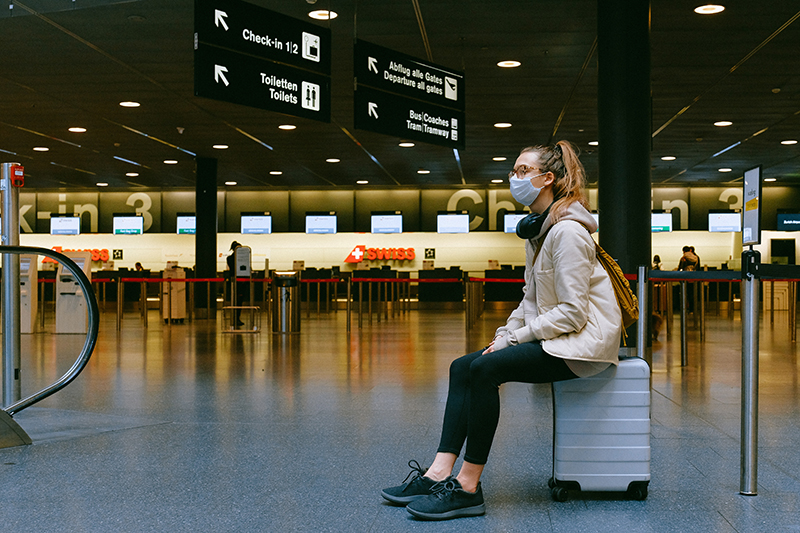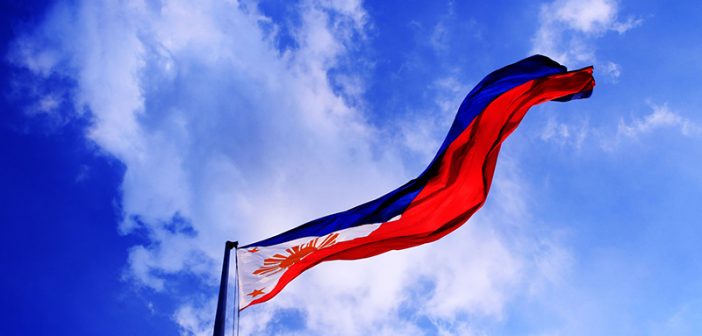Each country has its own rules, restrictions, guidelines, and requirements for combating and living with the coronavirus. These instructions passed down from government and health officials to its citizens, residents, and visitors help to best ensure that the general population remains as unaffected by COVID-19 as is realistically possible.
Anyone hoping to travel internationally must be aware of the latest updates and requirements for entering their destination, lest they run the risk of being rejected either when trying to board their flight or at the border when attempting to enter the country.
For the Philippines, that means familiarising yourself with the Philippines electronic Health Declaration Card (eHDC). The eHDC can be completed on the One Health Pass (OHP) platform and it is obligatory for everyone traveling to the Philippines to fill one out and register with the government before flying, not after.
There are no exceptions regarding the eHDC, meaning both Filipino nationals and foreigners coming for business or tourism must complete one. Along with everyone making their best effort to combat the virus, taking steps for personal protection and the protection of others, the Filipino government is hoping that the eHDC will help keep people as safe as can be.
This is especially important considering the recent shift into Alert Level 1, or what the government is calling the “new normal.” Read on for more information about what that means and what to expect when visiting The Philippines.
What is The Philippines “New Normal”?
For over a year and a half now, we have heard governments and health officials bandy about the term “new normal.” In most cases, it is utilised as a way to describe how we as a society can coexist with the virus instead of hoping to eradicate it.
In the case of The Philippines, the government has worked to implement a five-tier system. The primary aims are to combat the virus and protect the roughly 110 million people residing in the South Pacific archipelago.
So far, the alert system has informed the public of what is and is not allowed. The most important categories involve travel, religious gatherings, barbershop and beauty salon visits, exercise, etc.
In monitoring the number of infections and other related data points throughout the country, the Filipino government has introduced this alert system to effectively and efficiently communicate what they expect from its citizens and visitors.
This last point requires emphasising. These rules do not only apply to Filipino nationals or residents. Anyone who aims to visit the Philippines is required to follow these guidelines. There is no special treatment for foreign nationals, and there are consequences for breaking these rules.
So, now that the government is moving towards tier 1, what exactly does that entail?

Alert Level 1: What is and is not allowed?
The emergence of the Omicron variant of the coronavirus made it seem as if the world had not progressed regarding virus infection rates.
Countries all across the planet reinstated guidelines and restrictions from the early days of the pandemic. The Philippines was among those countries, raising its alert level and shutting down or limiting many factions of day-to-day life.
Fast forward to March 2022, and the numbers have dropped in such a dramatic fashion that health officials could confidently drop the alert level down to its lowest tier (tier one). It is also important to note for anyone who finds themselves in The Philippines for any reason while these ordinances are in place that individual regions may not concurrently be in the same tiers at the same time.
If, for example, a traveler is visiting various parts of the island archipelago (remember that the Philippines comprises over seven thousand islands), they must familiarise themselves with the current guidelines for each area they visit.
Seeing as the scale goes from five (the most severe restrictions) to one (the least severe restrictions), the alert level one guidelines are the least inhibitive and are welcome news for travellers who are hoping to get the full Filipino experience.
The most important piece of information regarding what is permitted in level one is that there is much higher freedom of movement. There is no need to worry about breaking any rules by being on the street or by attempting to visit public areas or popular tourist sites.
Another key tidbit is that the movement to level one allows for all businesses to be open at or near full capacity.
This means that places like museums, galleries, cafes, restaurants, and bars can all operate as usual providing visitors and residents alike with a much more “normal” atmosphere. The hope is that with an ongoing vaccination campaign, the virus will stay under control and officials will maintain alert levels at their lowest possible point.




